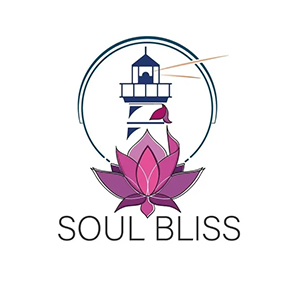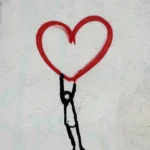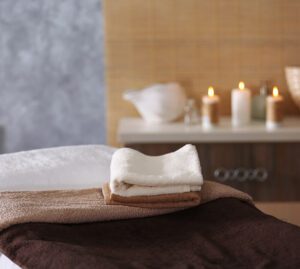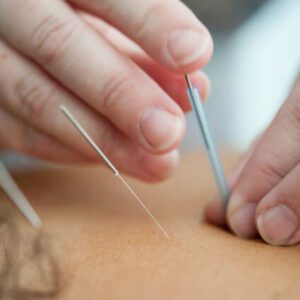
Article by João Pedro Soares:
In other words, the typical “teal” on the back.
“Straighten your back!” – this was a phrase I heard many times when I was a child.
“Put your shoulders back!” – this was another one, and, on one occasion or another, I was accompanied by the person putting my shoulders back in the hope that my posture would remain that way.
What did I do? Anything. But I got better. Or rather, I didn’t do anything with the intention of changing it, but I did something.
I started training. Which led me to high competition, training every day. Sometimes bidiaries. I know now that this was not the reason for the improvement.
Causes
The sedentary style, jobs that force us to spend many hours in front of the computer, teleworking mean we spend many hours in the same position. No matter how much we try to have a straight posture, after a while, we end up giving in and leaning over.
But these are not the only jobs. Detailed work in which attention is paid to detail (potters, seamstresses), or others that we might not associate with, such as dentists. Even children wrongly classified as hyperactive, forced to “behave”.
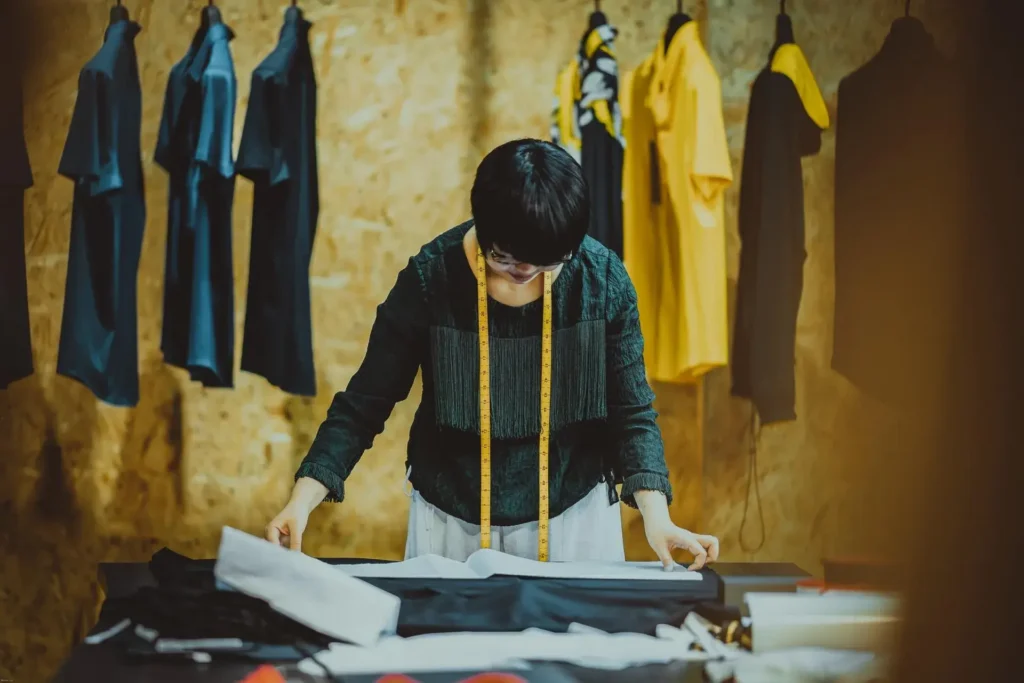
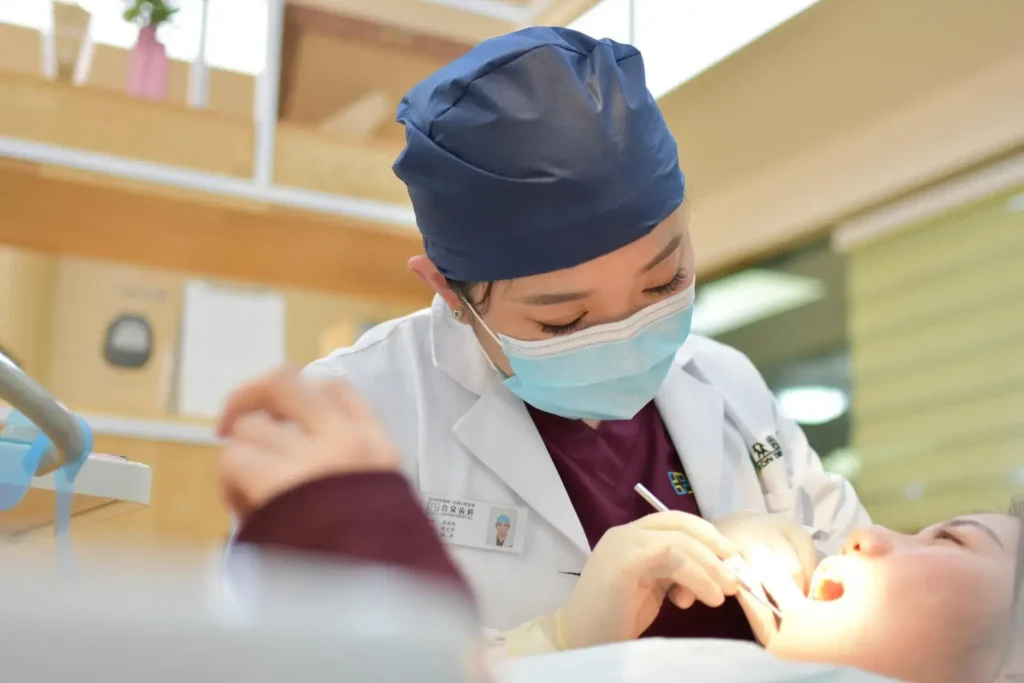
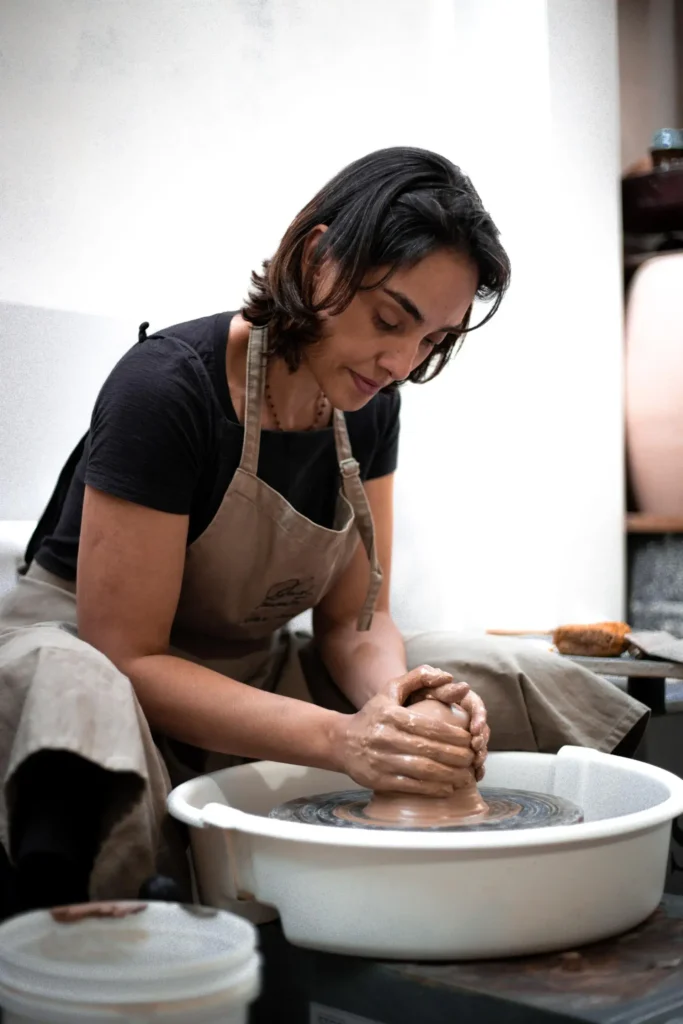
But…
If this condition is related to lack of exercise, why does the morphology of some athletes tend towards this state? Answer: It is and at the same time it is not related.
A sport in which this type of “back” is very common is climbing, however crossfit, bodybuilding, windsurf or kitesurf, Muai thai or others you don’t know, they also show.
How does it materialize in the body?
To explain this I will remember a little anatomy and bio mechanics.
Our shoulders are relatively loose. They have freedom to move. Even now as you read these words you can raise your shoulders. You can pull them back. Bring your shoulders forward. Move them in various directions and directions. The shoulder blade, in addition to articulating with the humerus, articulates exclusively with the clavicle. What maintains the position of the shoulder blade are our muscles, ligaments and tendons.
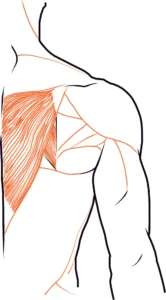
Now let’s imagine that we have one muscle pulling the shoulder forward and another pulling the shoulder back.
In our body we have many synergies (muscles that work together, that help each other). Agonist muscles (which make a certain movement) vs antagonist muscles (which resist the agonists, and therefore the movement) are the closest example to what I want to describe.
Let’s now visualize in our mind weak back muscles. The rhomboids and the lower bundle of the trapezius (see image). Which have, among others, the function of raising, lowering or rotating the shoulder blade.
Associated with this, the pectoral muscles are tense, strong and/or shortened. What happens in this combination is that our resting position (in which we are not using any of these muscles) begins to tend towards rotated and forward-inclined shoulders, and the back with an increase in thoracic curvature.
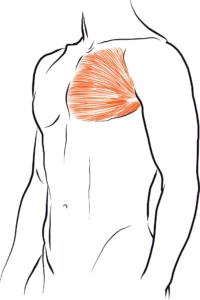
But then why do people who play sports, and sometimes a lot of sports, have this condition?
We are talking about relative weakness and not absolute weakness. In a person who does not play sports or any activity we can understand absolute weakness.
In an athlete this is a relative weakness. Your rhomboid muscles cannot match the tension and force exerted by your pectorals. This is why telling someone to straighten their back doesn’t work.
If a person has muscle or fascial shortening, they may not even be in the “correct position” for long. In cases where you can straighten your back, as soon as you stop consciously forcing the posture, your body will immediately return to its comfortable default position.
It is impossible for a person to be aware of their posture uninterruptedly. But when the strength of the posterior muscles matches that of the front ones, you don’t even need to think about it because the posture will naturally be straighter, with the shoulders further back. This requires treatment and strengthening.
If you have this condition or know someone who does, you can book a treatment session.
Call for attention
Superior cruciate syndrome (this is the name given to this difference in muscle strength) is not, however, the only cause of thoracic hyperkyphosis. There are structural situations that are inherent and sometimes very difficult to deal with. This condition that I describe is one that is increasingly common and has a relatively simple treatment.
This is the first of four articles dedicated to this topic.
If you liked this article, share it with anyone who could benefit from this information or leave us a message.
Thanks
To Luís Ganso for sending me the photo used on the “cover”
To Luís’ sister for taking the photo.
Illustrations
Drawings made by me using art by 加藤公太
